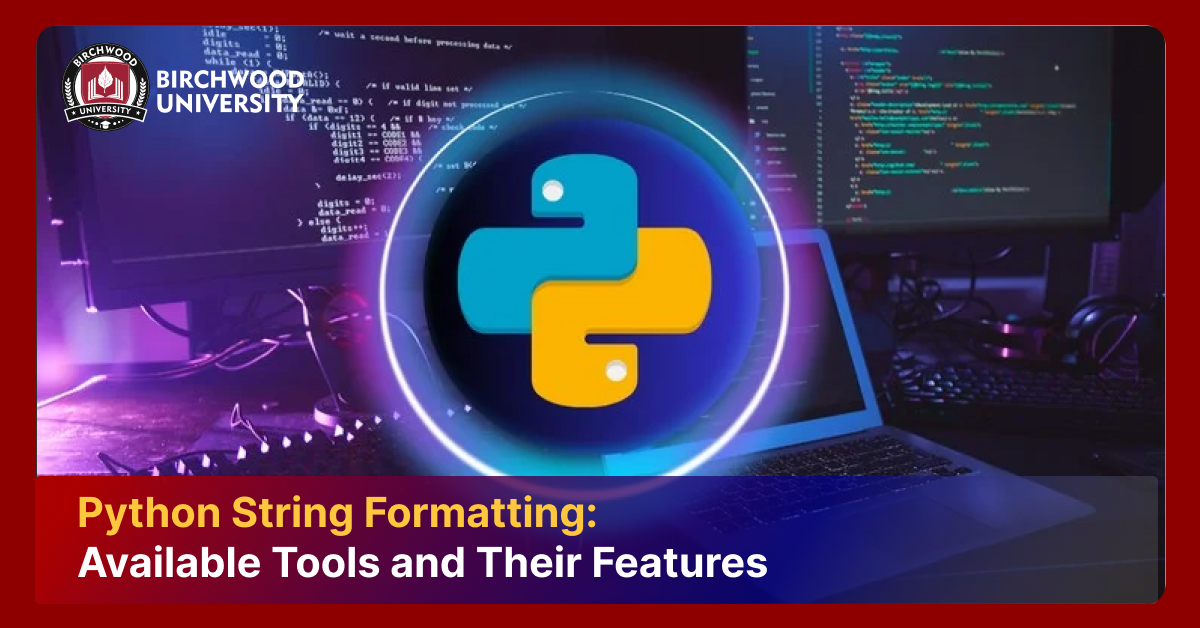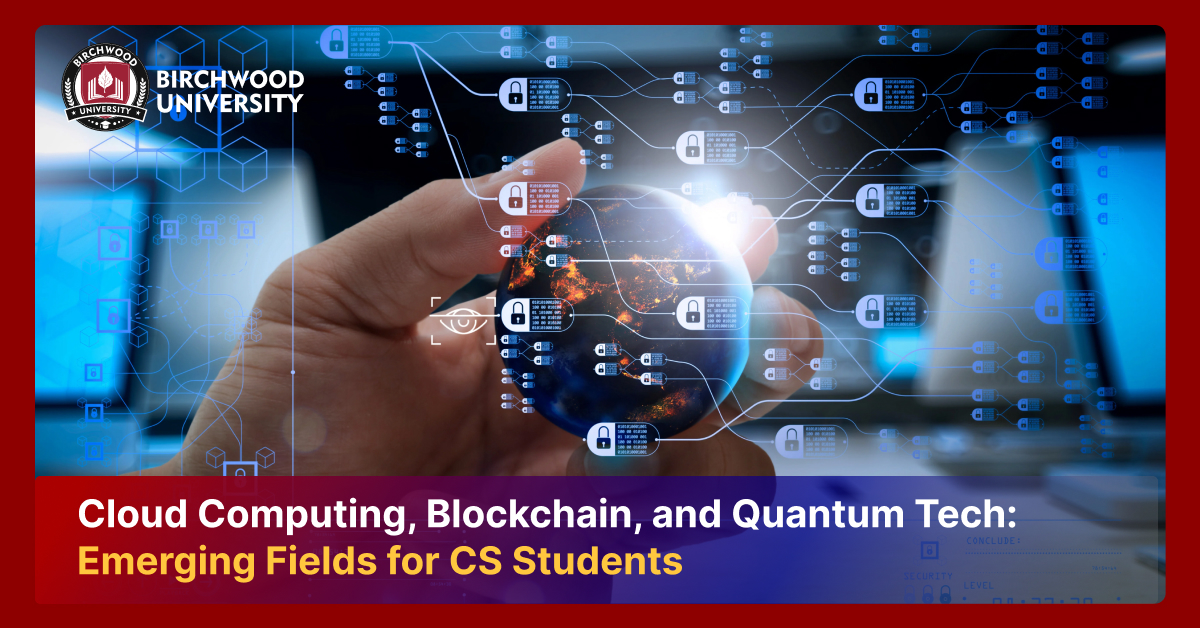10 Typical Questions for Cybersecurity Interviews in 2024
May 14, 2024The ever-shifting sands of the cyber security landscape demand constant vigilance from professionals with a deep grasp of current threats and best practices. Landing your dream job in this dynamic field hinges on aced interviews. This comprehensive guide delves into 10 typical cyber security questions and answers for interview, equipping you with the confidence to shine.
Understanding the Interviewer's Perspective
It's important to keep in mind that interviewers are evaluating more than just your technical skills before we get into the specific questions. They assess your ability to solve problems, how you handle cybersecurity, and how well you convey your ideas. They want to know if you can not just spot weaknesses but also devise fixes and put plans in place to lessen them. Emphasizing your enthusiasm for the subject and your dedication to lifelong learning will make an impact.
Top 10 Cyber Security Interview Questions and Answers for 2024:
1. Explain the CIA Triad and its significance in cyber security.
The CIA triad – Confidentiality, Integrity, and Availability – serves as a cornerstone security model. It ensures information is kept confidential (protected from unauthorized access), remains unaltered (maintains integrity), and is readily accessible to authorized users. Discuss how security measures address each aspect of the triad in real-world scenarios. Here, you can showcase your understanding of fundamental security principles and their practical application.
2. Differentiate between symmetric and asymmetric encryption. When would you use each?
Encryption scrambles data to safeguard it. A public-key/private-key pair is used in asymmetric encryption, whereas a single secret key is used in symmetric encryption for both encryption and decryption. Here, symmetric encryption is advised for secure key exchange (e.g., secure communication channels) and asymmetric encryption for quicker encryption and decryption of big data volumes (e.g., bulk data transmission). This illustrates your capacity to select the suitable encryption technique according to the circumstances.
3. Describe the functions of a firewall and how it protects a network.
A firewall serves as a security barrier separating an untrusted external network, such as the Internet, from a trusted internal network, such as the network at your place of business. Applying pre-established security rules to filter incoming and outgoing communications, prevents harmful behavior and unauthorized access attempts. Describe the functions of the various firewall kinds (stateful inspection, packet filtering, etc.). This demonstrates that you have a basic understanding of network security.
4. Explain the difference between a vulnerability assessment (VA) and a penetration test (PT).
A vulnerability assessment finds holes in a system's or network's security. In contrast, a penetration test tests the system's defenses by simulating an actual cyberattack and taking advantage of those flaws. Talk about the value of both PTs and VAs in a thorough security plan. This is where you may show that you comprehend the roles that proactive security measures play in complementing one another.
5. How would you identify and respond to a phishing attack?
Phishing emails attempt to trick recipients into revealing sensitive information or clicking malicious links. Explain red flags to identify phishing attempts (e.g., sender address inconsistencies, grammatical errors, suspicious attachments). Emphasize the importance of user education and security awareness training to prevent such attacks. This showcases your ability to recognize social engineering tactics and highlights your commitment to a layered security approach.
6. What are some common social engineering techniques, and how can they be mitigated?
Social engineering manipulates human behavior to gain access to confidential information or systems. Discuss common tactics like pretexting (creating a false scenario) and baiting (offering something enticing) and emphasize user education, strong password policies, and multi-factor authentication (MFA) as mitigation strategies. Here, you can demonstrate your understanding of human vulnerabilities and the importance of user-centric security measures.
7. Explain the concept of Zero Trust security and how it differs from traditional perimeter-based security.
Zero Trust assumes all users and devices are potential threats, requiring continuous verification for access. Traditional perimeter-based security relies on strong network defenses. Highlight the benefits of Zero Trust for modern, increasingly distributed networks where the perimeter is less well-defined (e.g., cloud environments, remote workforces). This showcases your knowledge of modern security models and their applicability to evolving network landscapes.
8. How can you secure an organization's cloud environment?
Multi-layered security is necessary for cloud computing. Talk about best practices such as employing strong identity and access management (IAM) controls, according to the concept of least privilege (allowing users only the access they require), and utilizing strong encryption for data in transit and at rest. Here's where you can show that you comprehend cloud security issues and that you can offer workable remedies.
9. What are some emerging cybersecurity threats we should be aware of?
The cybersecurity landscape is constantly evolving. Research and discuss some of the most concerning current threats, such as:
- Attacks by ransomware that target critical infrastructure encrypt vital systems and demand astronomical ransoms to unlock them. Talk about possible mitigating techniques, such as consistent backups, thorough incident response plans, and keeping up with the most recent ransomware iterations.
- Disinformation tactics and deepfakes are on the rise. Videos or audio recordings that have been altered to look authentic are known as deepfakes. This can be used to cause strife, destroy reputations, and disseminate false information. Talk about how difficult it is to identify deepfakes and how media literacy and critical thinking are crucial for spotting misinformation.
- Attacks against Internet of Things (IoT) devices are becoming more sophisticated. New attack avenues are introduced by the growth of connected devices. Talk about how segmenting IoT networks to reduce possible harm, using strong passwords to secure IoT devices, and keeping firmware updated are all important.
10. Describe your approach to staying up-to-date with the latest cybersecurity threats and trends.
In cybersecurity, ongoing education is essential. Mention the resources you utilize to demonstrate your dedication to remaining informed, such as:
- Enrolling in virtual training programs offers a practical and adaptable approach to remain current on particular subjects.
- You can stay up to date on new threats and vulnerabilities by subscribing to reliable security blogs and publications.
- The pursuit of an MS in Cyber Security indicates a strong commitment to career advancement in the industry. Emphasize the courses or subject areas that are most relevant to your professional objectives.






